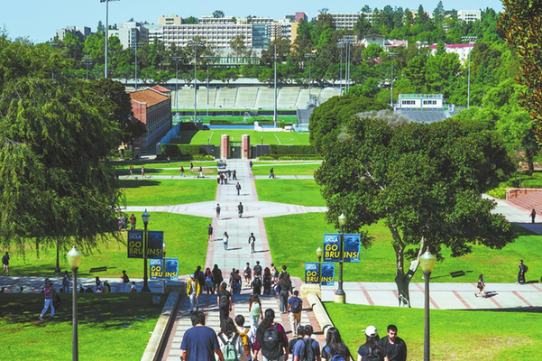Biodiversity riches seen giving ASEAN an edge
By PRIME SARMIENTO in Hong Kong | China Daily Global | Updated: 2022-07-06 09:55

Conservation efforts can help bolster sustainable recovery, experts say
Biodiversity conservation can be the key to Southeast Asia's rebound from the pandemic, say experts looking ahead to an economically and ecologically sustainable path for one of the world's "mega-diverse" regions.
Countries that fit this description are home to the largest indexes of biodiversity, including a huge number of endemic species. Three Southeast Asian countries-Indonesia, Malaysia and the Philippines-are included in the 17 mega-diverse countries identified by the United Nations Environment Programme. They account for at least 70 percent of the planet's terrestrial biological diversity.
Biodiversity conservation efforts made by member countries of the Association of Southeast Asian Nations, or ASEAN, are even more critical in the coming months as world leaders prepare to negotiate an ambitious global agreement in December that aims to protect nature and wildlife.
It is hoped that the agreement will be adopted at the UN Biodiversity summit, known as COP 15, which will be held in Montreal, Canada, and be presided over by China.
"The rich natural heritage of ASEAN provides valuable ecosystem services to more than 650 million people and serves as a vital resource base for the region's economy," Theresa Mundita Lim, executive director of the Philippine-based ASEAN Center for Biodiversity, told China Daily.
Lim said the region's biodiversity has created livelihoods, provided water and food, and strengthened resiliency to climate change impacts and pest and diseases. Despite these benefits, she said the region still needs to learn how to put a premium on natural capital, redirect consumption and create equity for suppliers of primary products.
Helen Nair, fellow of the Academy of Sciences Malaysia, or ASM, said this is the ideal time to implement a global policy that will protect nature as the world economy recovers from the pandemic.
Nonmonetary value
"For this to work, it is imperative that the financial benefits from sustainable economic development both in terms of GDP and nonmonetary value such as cultural, mental and physical well-being is clearly presented," Nair said.
Nair is the lead author of an ASM report that shows that Southeast Asia's nature and biodiversity have contributed $2.19 trillion to the regional economy.
The report, The Nexus of Biodiversity Conservation and Sustainable Socioeconomic Development in Southeast Asia, was published on June 15 and showed that biodiversity conservation can support the region's economic growth. It said Southeast Asia's rich biodiversity and extensive, intact stretches of nature, including tropical forests, wetlands, mangroves and other ecosystems, can position the region as a role model for efforts to harness the value of nature.
"Southeast Asia is recognized today as a treasure trove for further biodiversity research, development and innovation that could drive new, exciting and sustainable economic development," Nair said.
The region, with its large population, continues to grow as economies expand. Nair said this is putting a strain on the region's abundant natural resources. But ASEAN doesn't have to follow a development path that harms nature.
The ASM's report has shown how some protected areas in the region have helped communities and contributed to national economies. One of these is Indonesia's Rimba Raya Biodiversity Reserve Project, which halted the deforestation of 65,000 hectares of forest and reduced carbon emissions. It is one of the world's most renowned carbon credit projects. The income derived from these credits has provided livelihoods, healthcare and education to the community.
The establishment of a natural park for the endangered Philippine eagle has protected the ancestral homeland of indigenous tribes and boosted the popularity of ecotourism in the southern Philippine island of Mindanao.
The Tun Mustapha Marine Park in Sabah, Malaysia, has protected endangered species, developed fisheries and reduced poverty among the coastal area's 85,000 inhabitants.
























